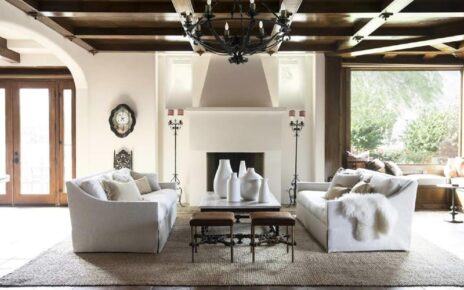In today’s dynamic business environment, companies require real estate solutions that align perfectly with their operational needs. Build-to-suit leases offer a way for businesses to design and occupy spaces that are specifically constructed to meet their unique specifications. This article explores what build-to-suit leases are, their benefits, potential drawbacks, and key considerations for businesses contemplating this real estate strategy.
What is a Build-to-Suit Lease?
A build-to-suit (BTS) lease is a real estate agreement where a developer constructs a building to meet the specific needs of a tenant, who then leases it back from the developer. This arrangement ensures that the tenant receives a property that is perfectly tailored to support their business operations, from the overall design to specific building functionalities.
Key Benefits of Build-to-Suit Developments
Build-to-suit developments provide several advantages:
• Customization: Tenants can influence the design to ensure the space meets all their operational needs.
• Cost Efficiency: Although the initial costs might be high, there are significant long-term savings and operational efficiencies to be gained.
• Tax Benefits: The cost of leasing is often fully deductible, providing significant fiscal advantages over property ownership.
Managing Costs in Build-to-Suit Projects
Cost management is critical in build-to-suit developments:
• Developer Responsibilities: The developer typically finances the land acquisition and construction, recovering these costs through the lease.
• Cost Calculation Methods: Rent can be calculated based on a return on the total project cost or through an open-book approach where costs are transparent and shared with the tenant.
Potential Downsides of Build-to-Suit Arrangements
While advantageous, there are considerations to be wary of:
• Higher Costs: Customization and construction to tenant specifications can lead to higher costs than traditional leases.
• Long-term Commitment: Build-to-suit leases often involve long-term commitments, which can be risky if business needs change.
• Market Risks: If a tenant vacates, finding another tenant with similar space requirements can be challenging.
Design and Construction Flexibility
The tenant plays a significant role in the design and construction process, providing substantial input into every aspect of the building’s design. This collaborative process ensures that the final product truly supports the tenant’s business operations while also allowing room for adjustments as needed during the development phase.
Considerations Before Entering a Build-to-Suit Lease
Companies should consider several factors before committing to a build-to-suit lease:
• Business Needs Analysis: Understand future growth projections and whether the new space will accommodate these changes.
• Lease Terms Understanding: Fully grasp all lease obligations, including term lengths, renewal options, and termination conditions.
• Developer Evaluation: Assess the developer’s credibility, past projects, and financial stability to ensure they can deliver the promised property.
Conclusion
build to suit leases offer businesses a way to acquire customized space that supports their specific needs. However, these agreements require careful planning and consideration of both the benefits and potential risks. For companies that have specific space requirements and are prepared for a long-term commitment, build to suit developments can provide an excellent solution to meet their evolving business needs.
For more detailed insights into build to suit lease and build to suit development, connect with industry experts and access in-depth discussions and articles.





